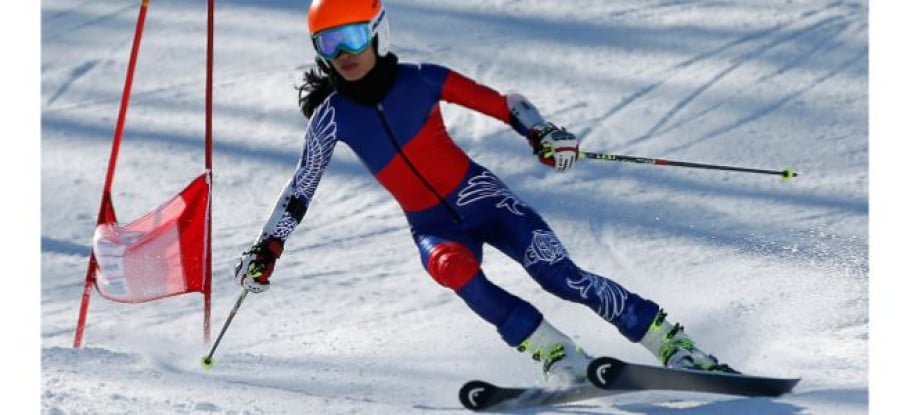Match-fixing case law update: important lessons from Olaso, Blake and Vanakorn

The judgments in three match-fixing cases published in the past 12 months highlight the variety, scope and complexity of conduct prejudicial to the integrity of sport. The cases come from three different sports, tennis, rugby union and skiing, with two of them related to betting and the other alleged course of conduct undertaken to manipulate an event for sporting reasons.
This article examines each case in turn, before offering comment. Numbers in square brackets (e.g. “[1]”) relate to the paragraph numbers of the relevant decisions, which can be accessed via the hyperlink.
Guillermo Olaso de la Rica v. Tennis Integrity Unit
Corrupt Skype approaches lead to a five year ban for tennis player
The first case, Guillermo Olaso de la Rica v Tennis Integrity Unit (CAS 2014/A/3467),1 arose from suspicious betting patterns that a betting operator observed on three professional men’s tennis matches in late 2010 whereby the lower ranked player had been bet on to win in a triple combination. Eight €200 bets had been placed in betting shops which would give a return €65,000, along with an additional £500 bet being placed. [5] A betting operator alerted the Tennis Integrity Unit (‘TIU’), the sport’s anti-corruption unit, of the suspicious matches.
The higher ranked player in one of those matches was Mr Guillermo Olaso. He duly lost the suspicious match and was investigated by the Tennis Integrity Unit (TIU) who charged him with a “Corruption Offense”2, and two counts of failing to report a corrupt approach3 pursuant to the Uniform Tennis Anti-Corruption Program (‘UTACP’) rules. In 2013, he was banned for five years and fined $25,000 at first instance by an Anti-Corruption Hearing Officer. [17] Mr Olaso subsequently appealed to the Court of Arbitration for Sport.
TIU put forward a number of witnesses for the appeal including an unnamed anonymous witness. Parts of the judgment are redacted for reasons of confidentiality, important to encourage witnesses to come forward in a field in which it is notoriously difficult to obtain evidence.
The evidential picture against Mr Olaso began to become further coloured when one of the TIU Investigators revealed that on two occasions subsequent to the match in question Mr Olaso had sent an email to a confidential reporting address saying that he had been “approached via Facebook” but nothing more. [49] Failure to provide further information is itself a breach of the Tennis Anti-Corruption Program.
Another witness testifying for the TIU, one of their Professional Tennis Integrity Officers, said that Mr Olaso had accessed his PlayerZone account online a number of times during 2010 including accessing the ATP Rulebook through that portal which contained the UTACP. [52, 104-106]
To continue reading or watching login or register here
Already a member? Sign in
Get access to all of the expert analysis and commentary at LawInSport including articles, webinars, conference videos and podcast transcripts. Find out more here.
- Tags: Anti-Corruption | Australia | CAS Code | Court of Arbitration for Sport (CAS) | Gambling | Governance | International Skiing Federation (FIS) | Olympic | Professional Tennis Integrity Officers | Regulation | RFU Regulations | Rugby Football Union (RFU) | Rugby Premiership | Rugby Union | Russia | Ski Association of Slovenia (SAS) | Skiing | Sochi 2014 | Tennis | Tennis Integrity Unit (TIU) | Thailand | The International Ski Competition Rule | Uniform Tennis Anti-Corruption Program (UTACP) | United Kingdom (UK) | Winter Games | Winter Sports | World Rugby | World Rugby Handbook
Related Articles
- Vanessa Mae’s Winter Olympic Games Scandal – a warning shot to sports governing bodies
- Tackling match-fixing: a look at the UK’s new Anti-Corruption Plan
- An overview of the latest match-fixing policy developments in 2015
- A blueprint for the future of sports governance
Written by
Kevin Carpenter
Kevin is a advisor and member of the editorial board for LawInSport, having previously acted as editor.
Kevin specialises in integrity, regulatory, governance and disciplinary matters. His expertise and knowledge has led him to be engaged by major private and public bodies, including the IOC, FIFA, the Council of Europe, INTERPOL and the United Nations Office on Drugs and Crime (UNODC), as well as making regular appearances internationally delivering presentations and commenting in the media on sports law issues.
His research and papers are published across a variety of forums, including having a blog on LawInSport.

 Global Summit 2024
Global Summit 2024